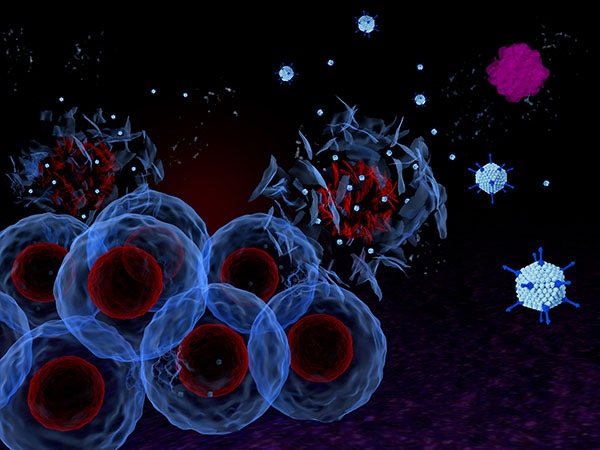Voices of Biotech
Podcast: MilliporeSigma says education vital to creating unbreakable chain for sustainability
MilliporeSigma discusses the importance of people, education, and the benefits of embracing discomfort to bolster sustainability efforts.
October 12, 2022

Sponsored Content
3d illustration of oncolytic adenoviruses destroying tumor cells
Oncolytic viruses (OVs) have the potential to become a very important pillar in the treatment of cancer because of their dual mechanism killing infected cancer cells and triggering anticancer immune response to also destroy uninfected cancer cells. This motivates researchers continually optimize oncolytic viral vectors to further improve their safety, efficacy as well as manufacturability for a commercial scale-up. As biopharmaceutical manufactures just begin to explore the prospect of OVs based therapies, the need for contract development and manufacturing organizations (CDMOs) with experience in viral design, regulatory needs and production of these viruses is more important than ever.
Since OVs belong to different virus families such as pox-, paramyxo-, adenovirus and herpesviridae, which requires specialized knowledge and expertise in viral vector and process design, the engagement with a manufacturing partner with a proven track record is critical to ensure success as defined by high virus yield, reproducible key quality attributes, genetic stability and long product stability. At IDT Biologika the approach of process design and scale-up of oncolytic vector production is well defined and begins with the selection of cell lines for adherent or suspension culture growth, optimization of media and buffers, cell lysis and purification of viral vectors which often requires aseptic manufacturing for larger viruses which cannot undergo sterile filtration.
You May Also Like